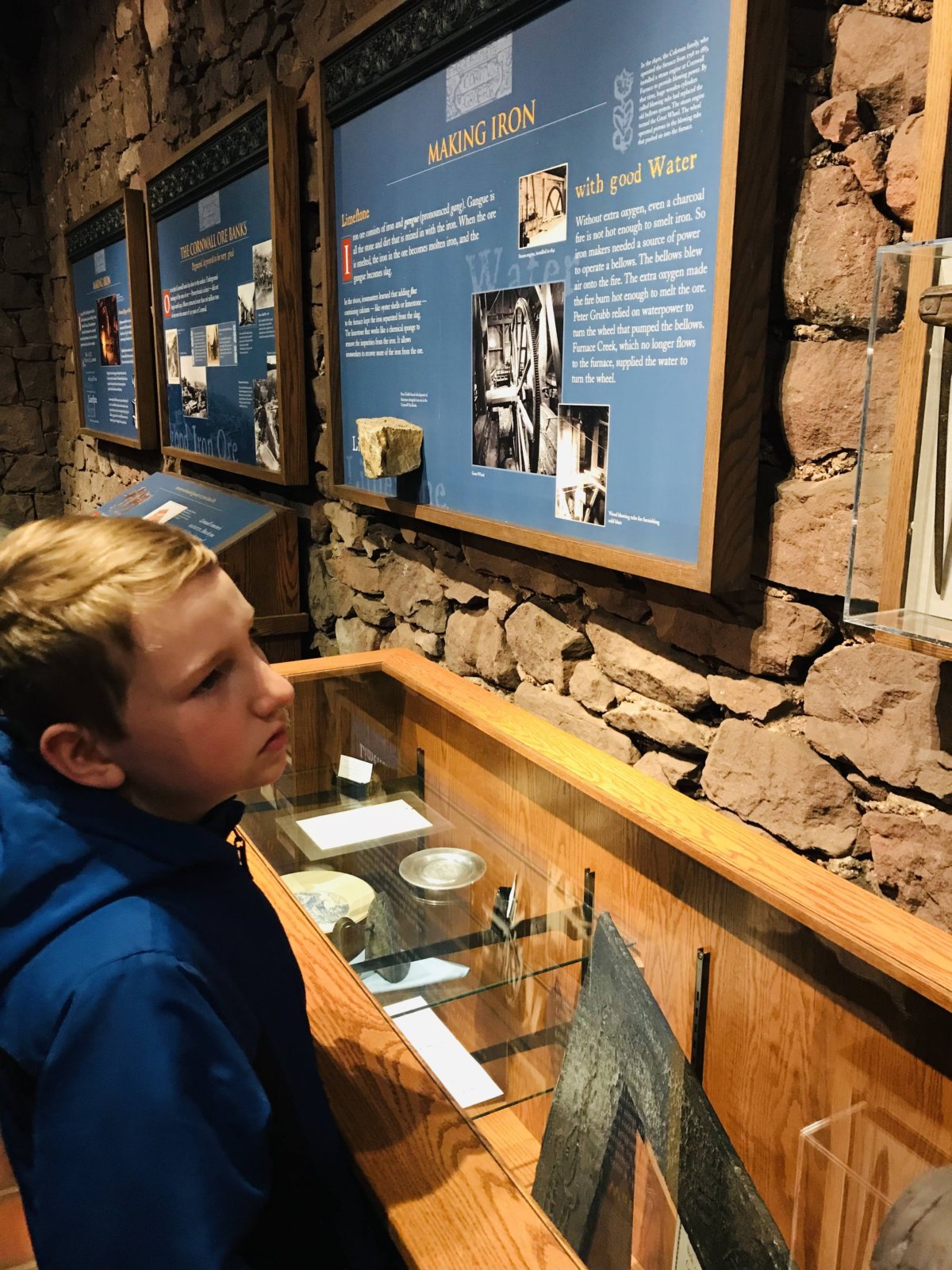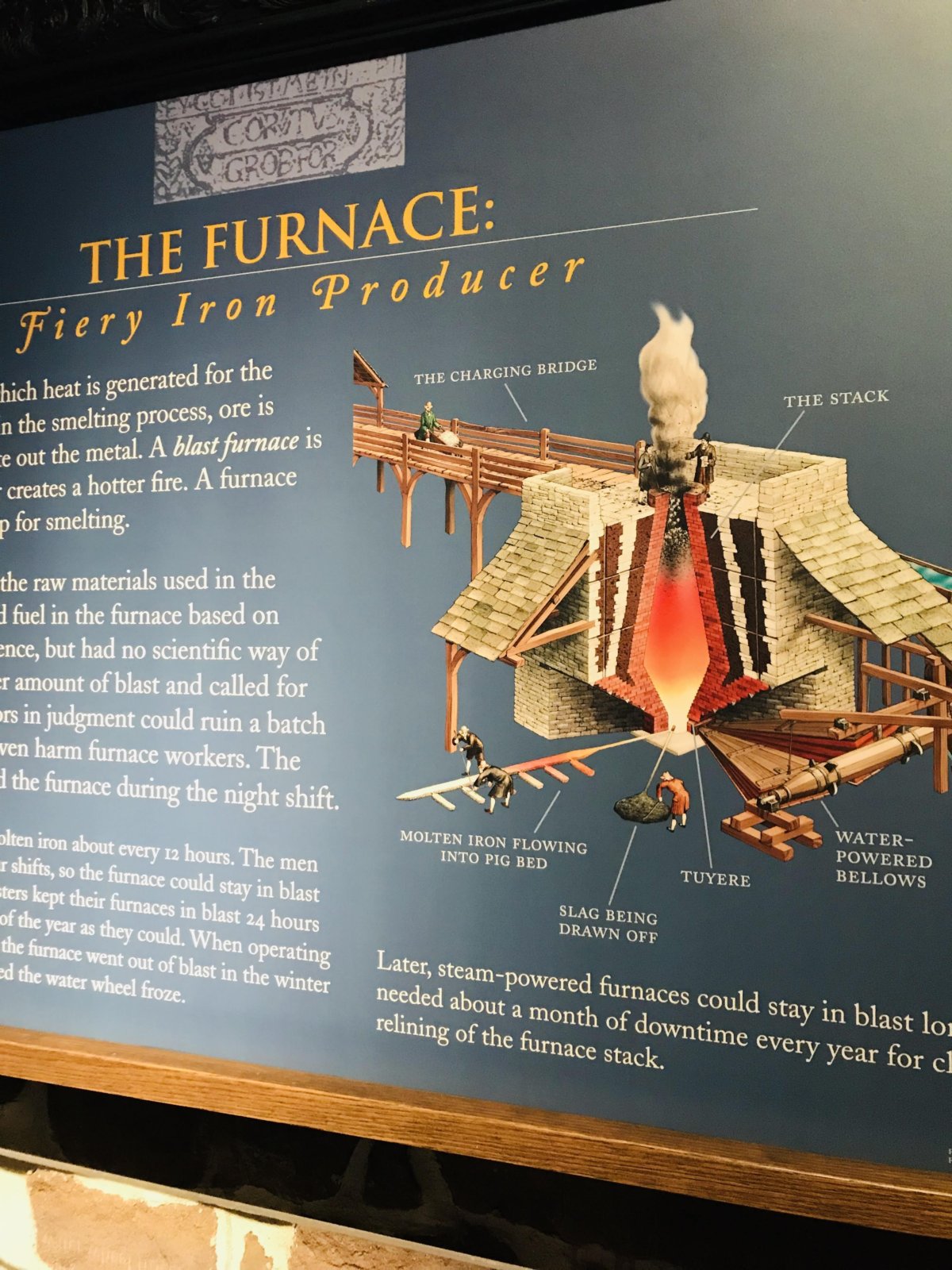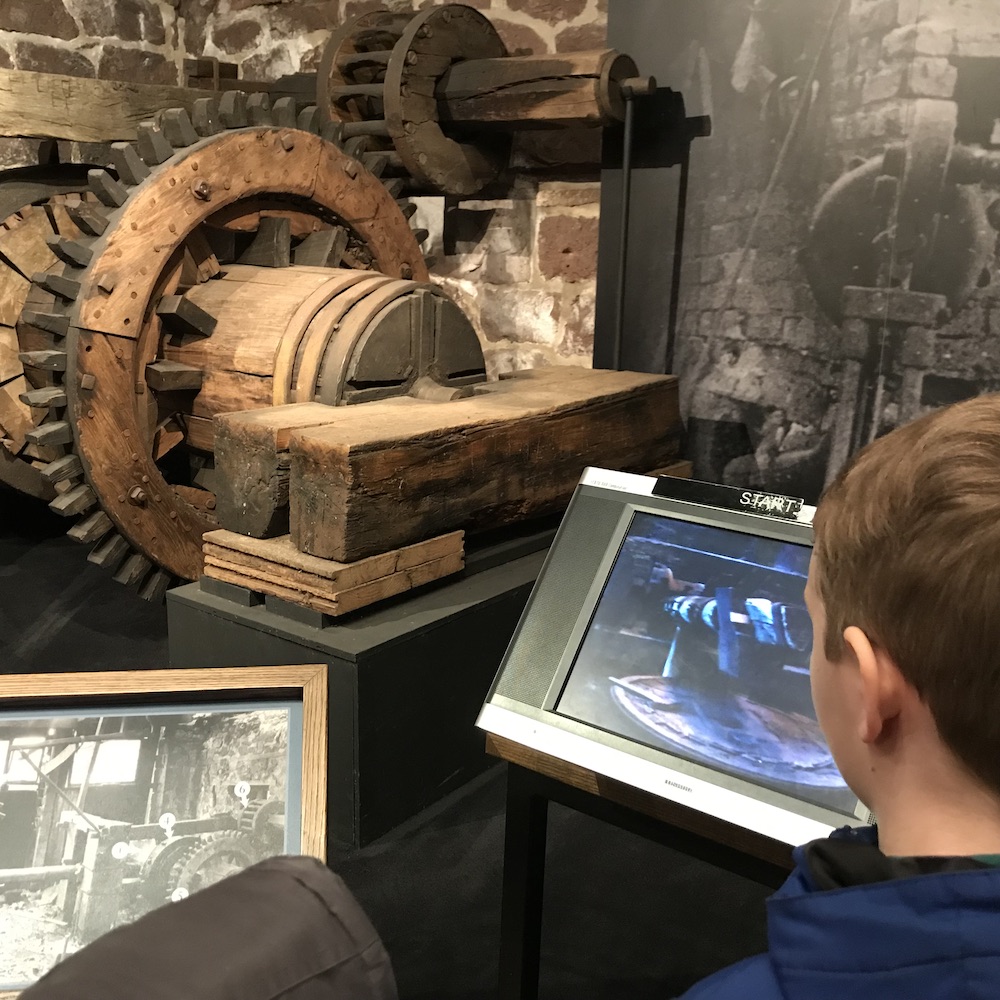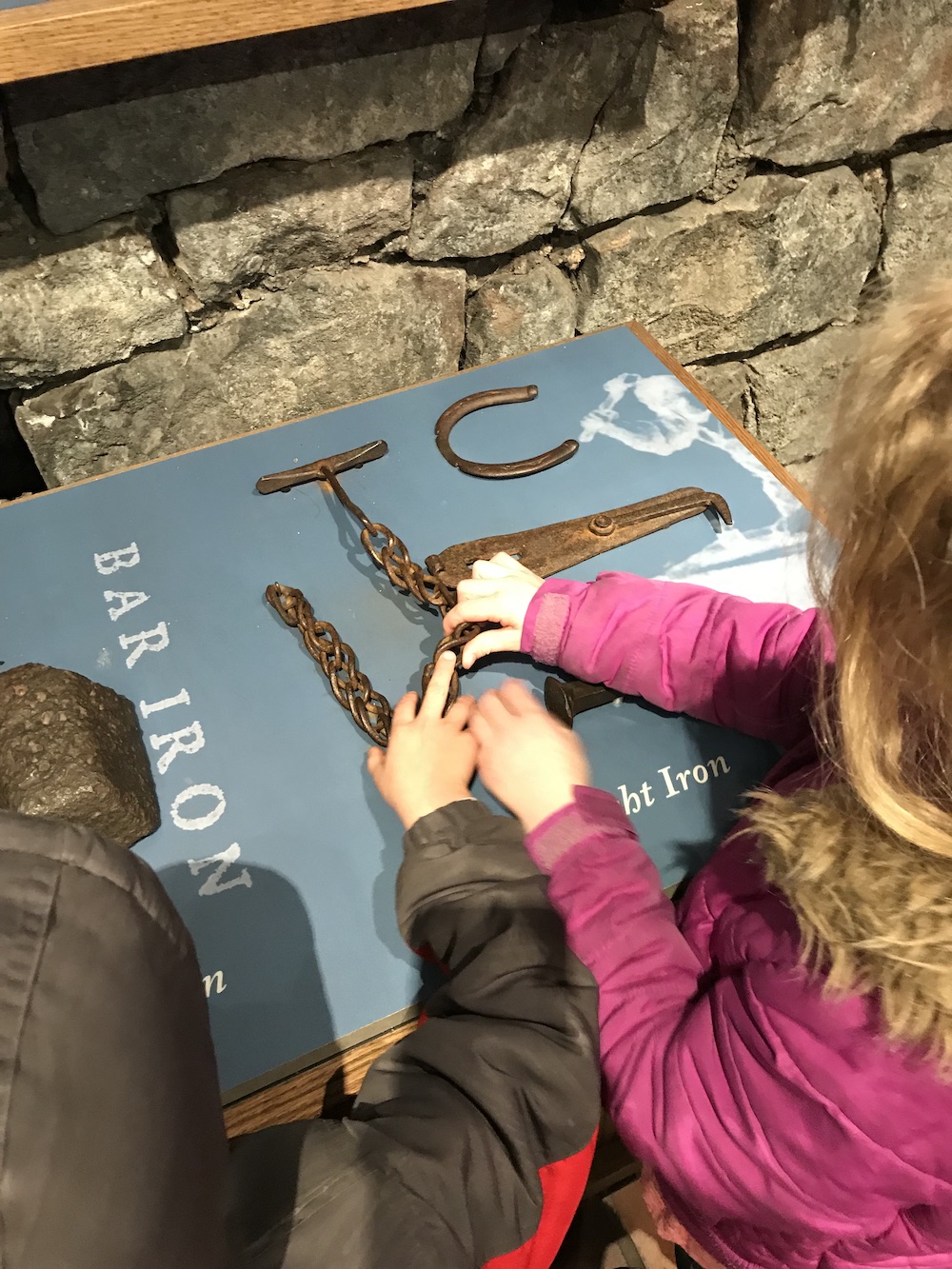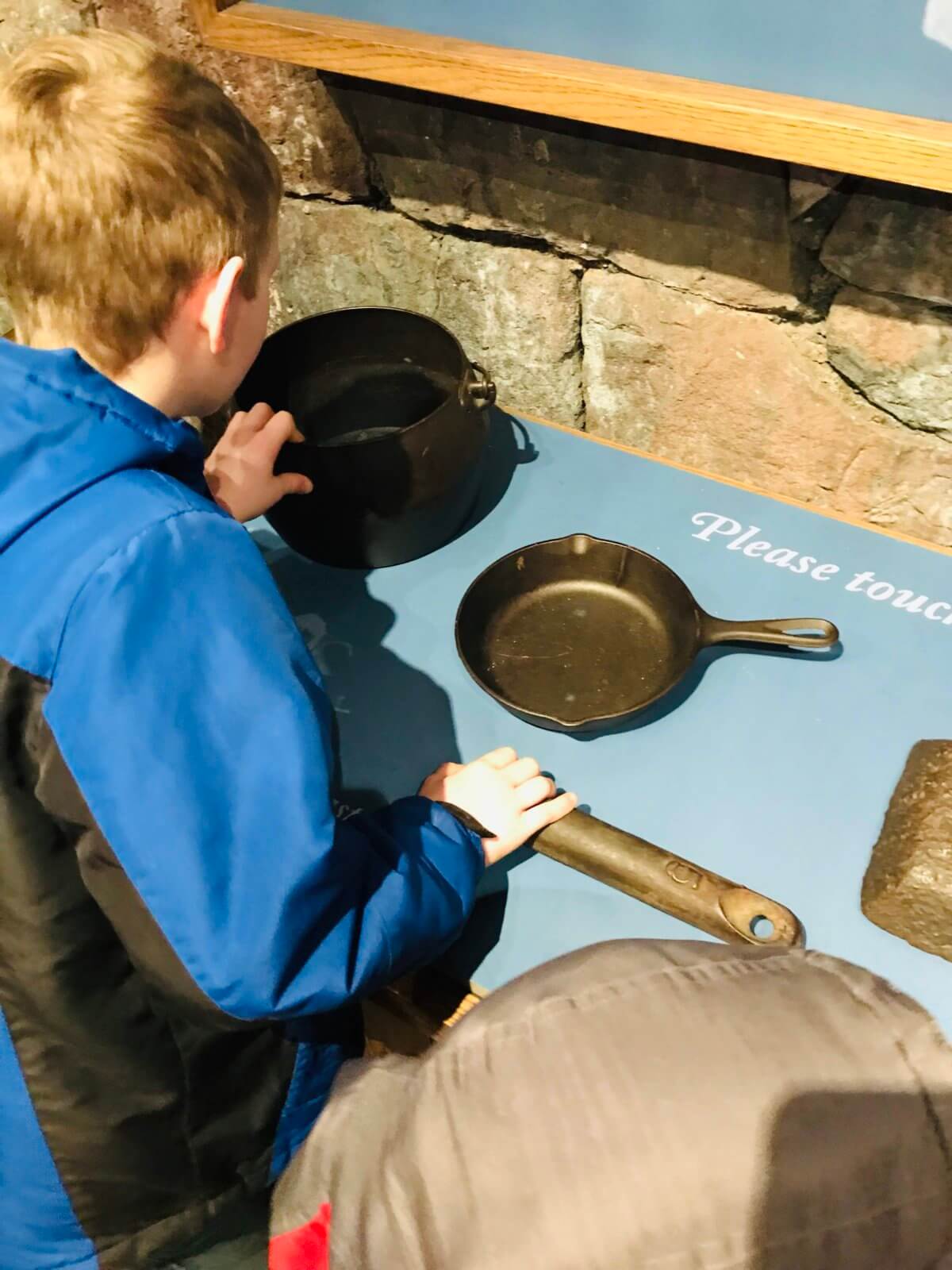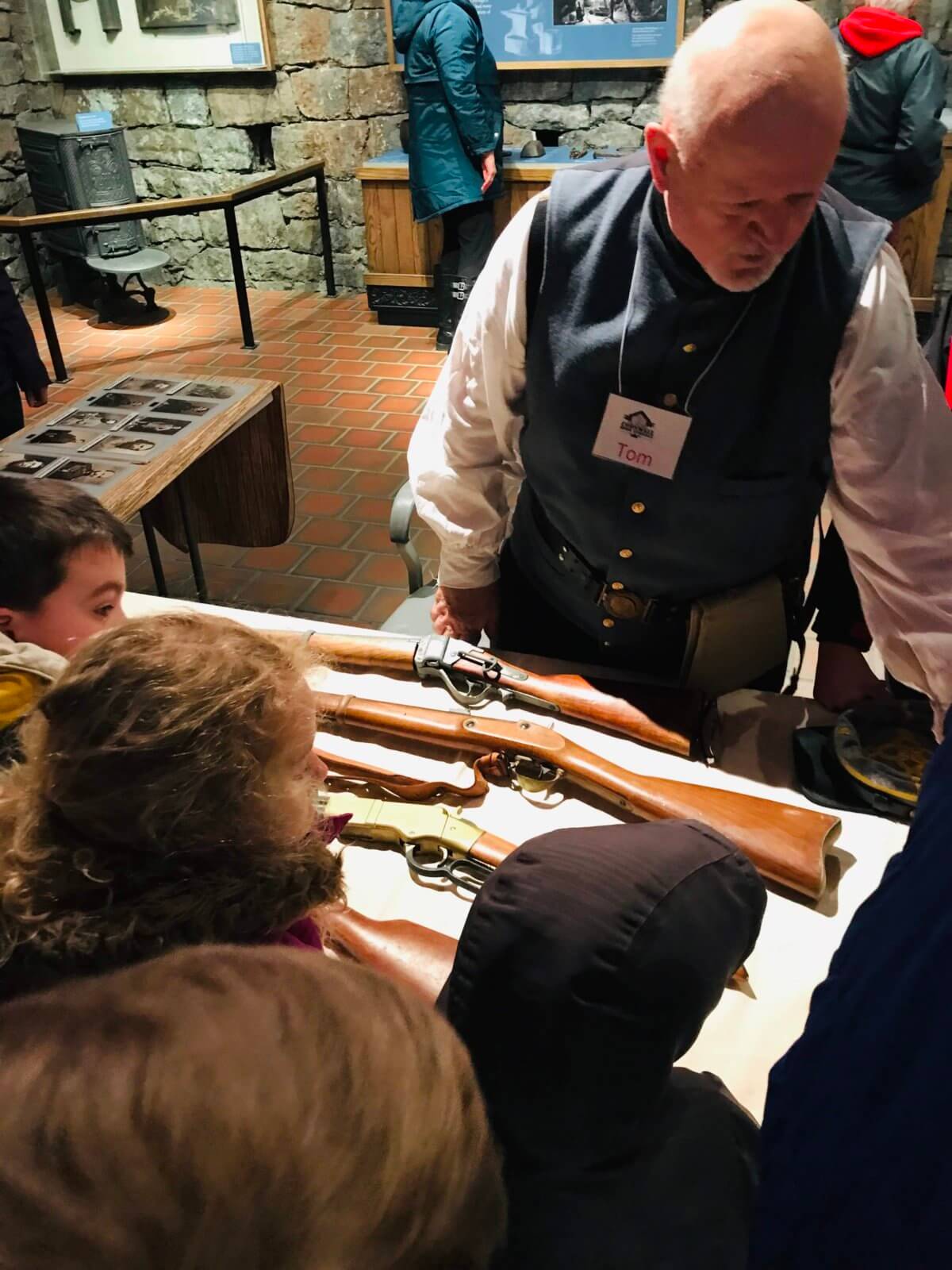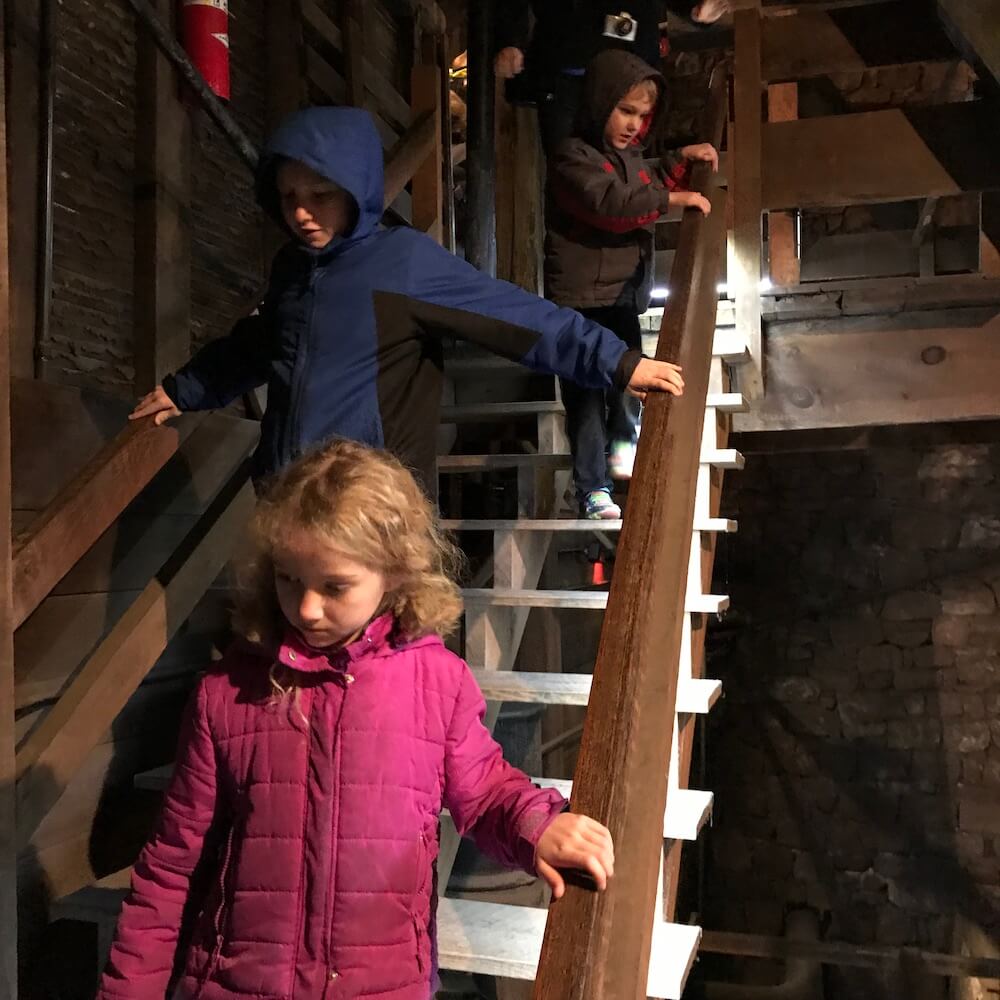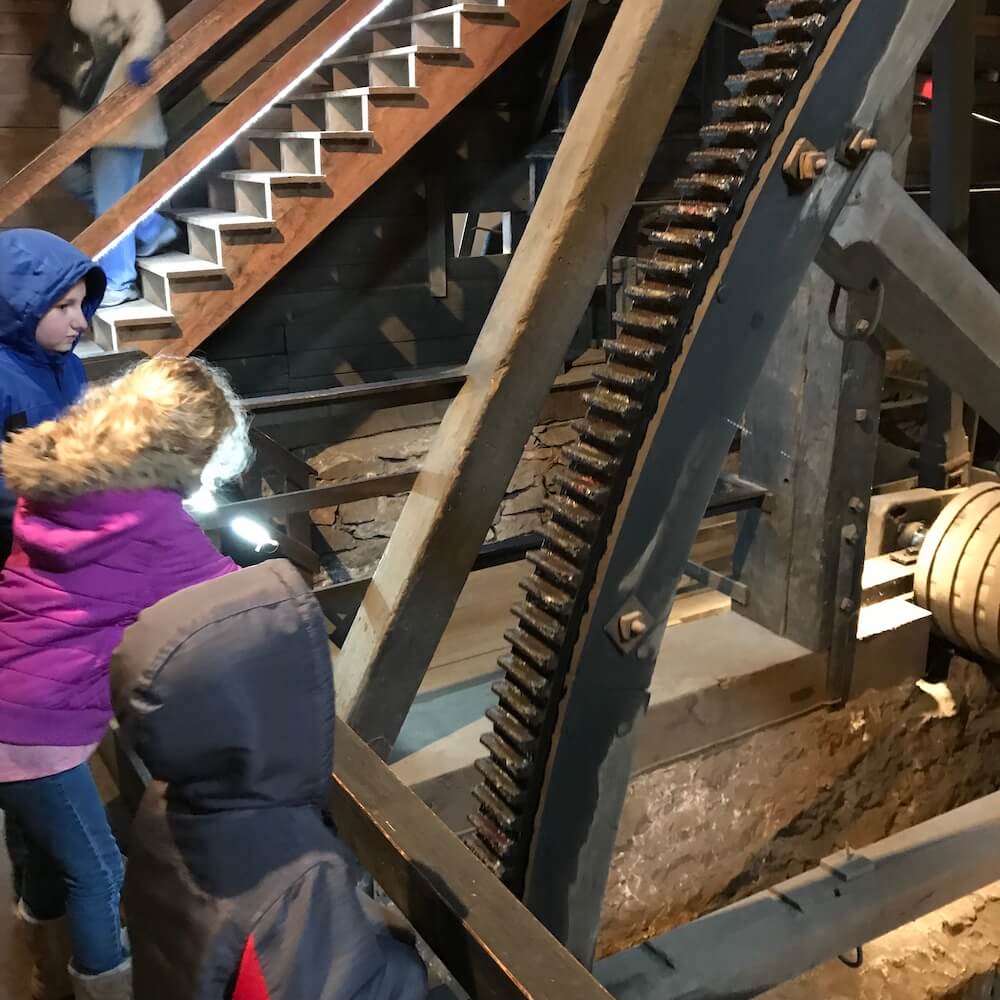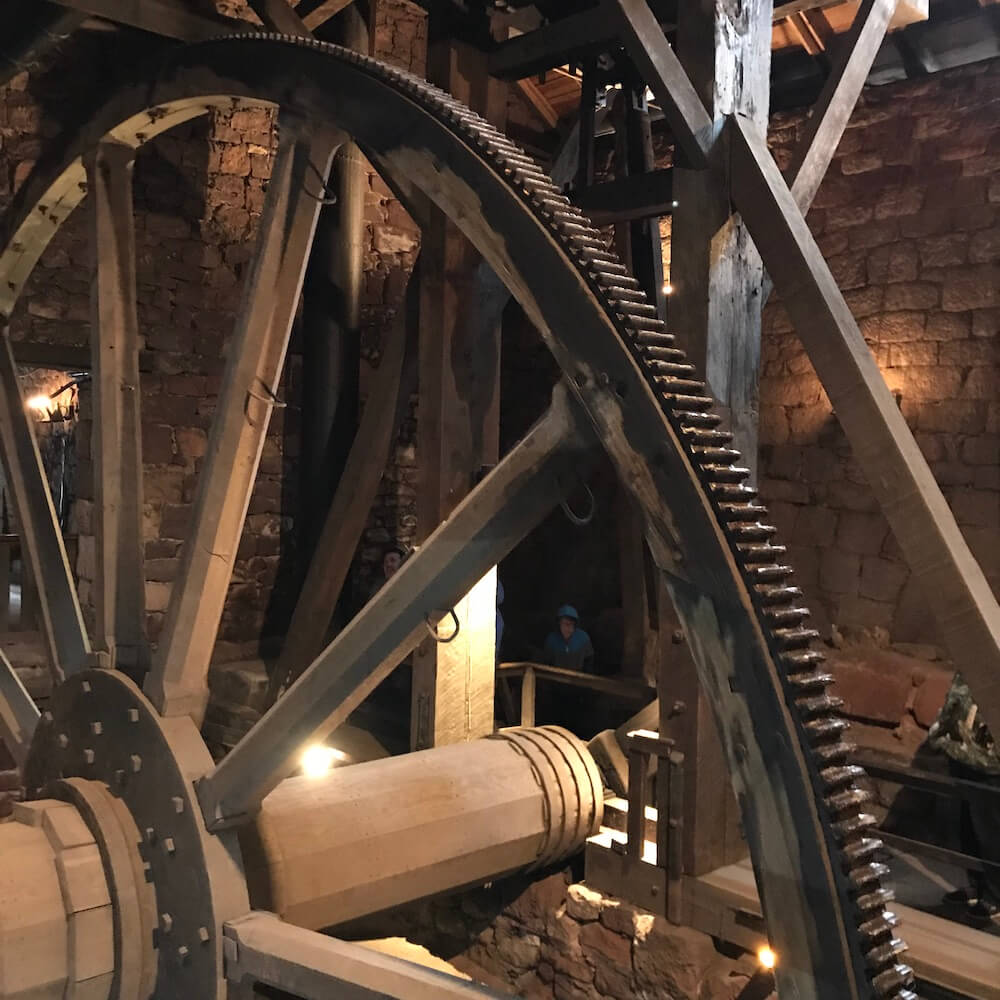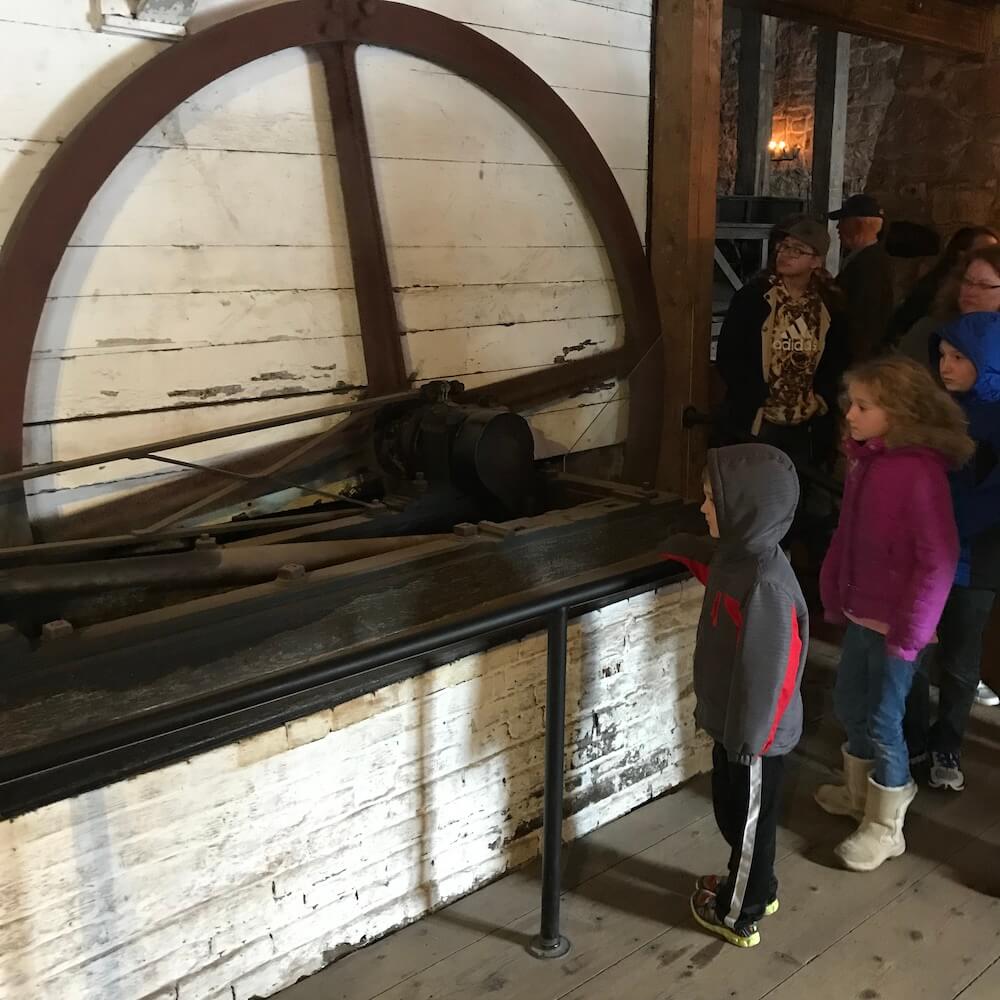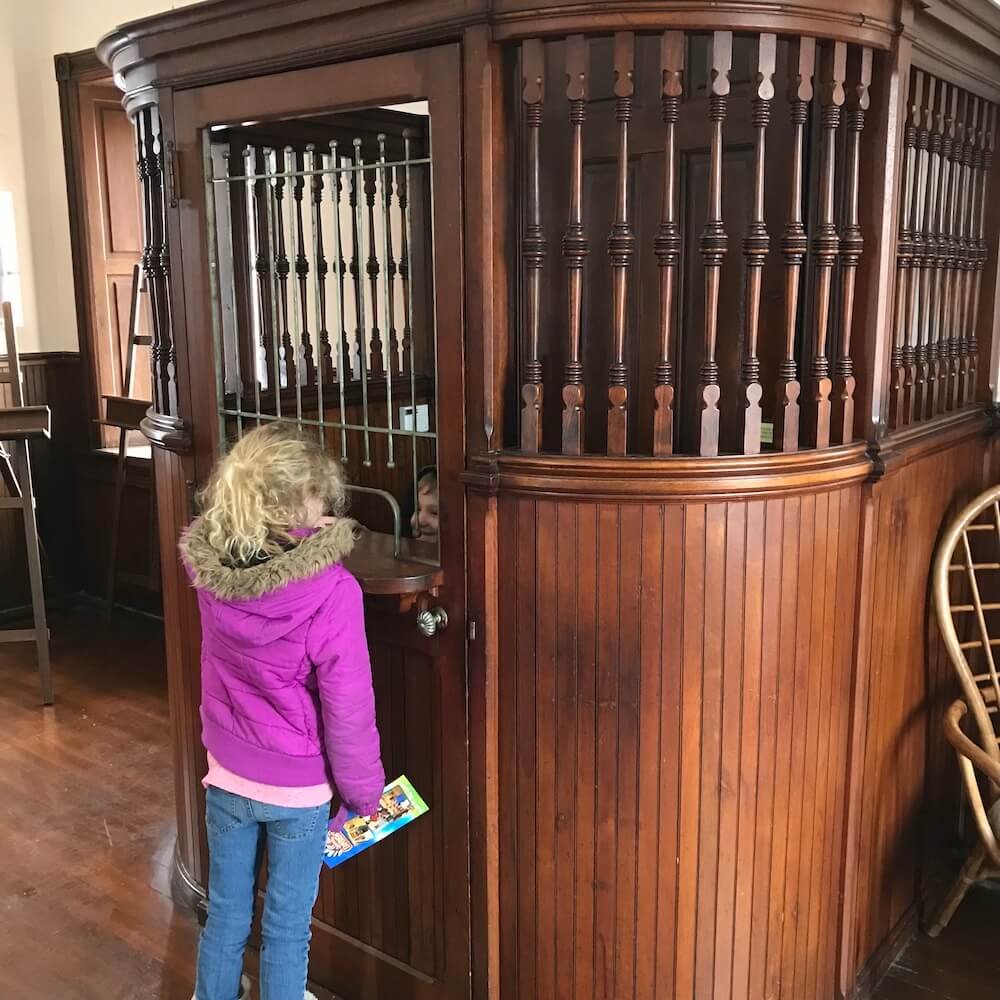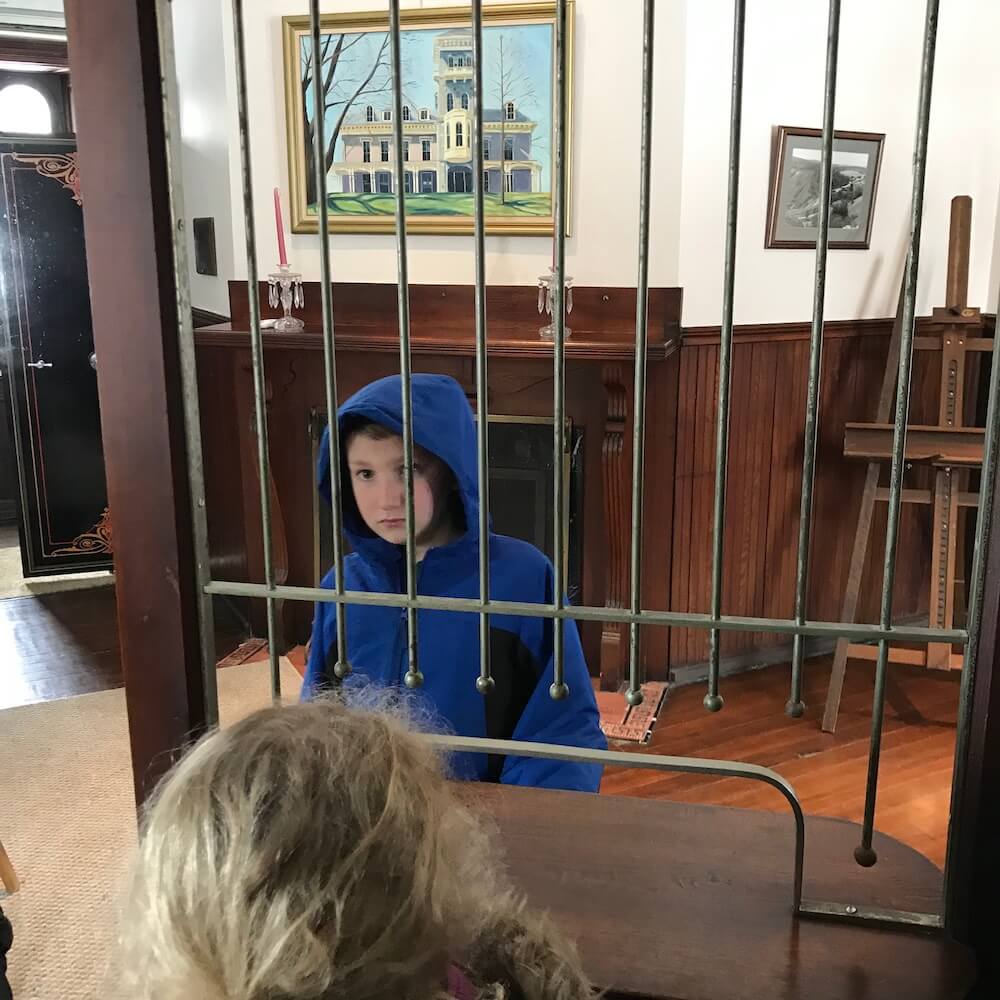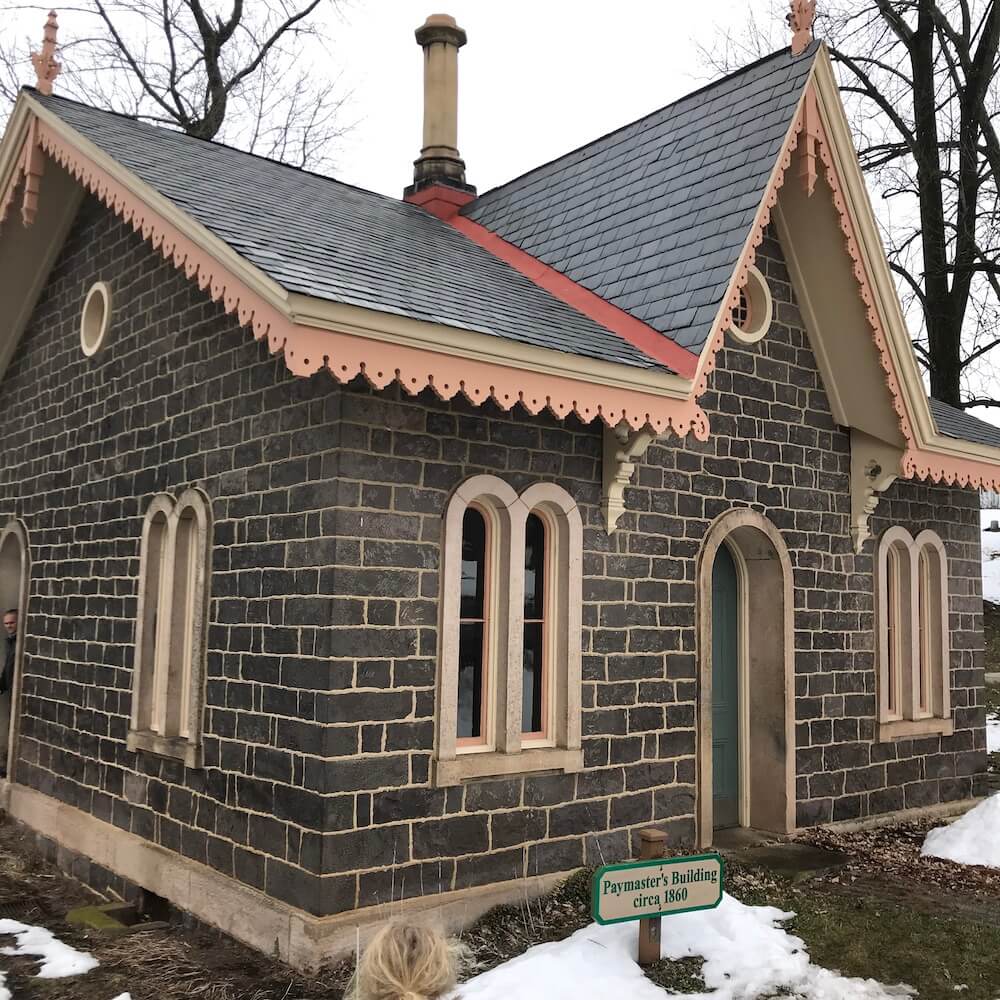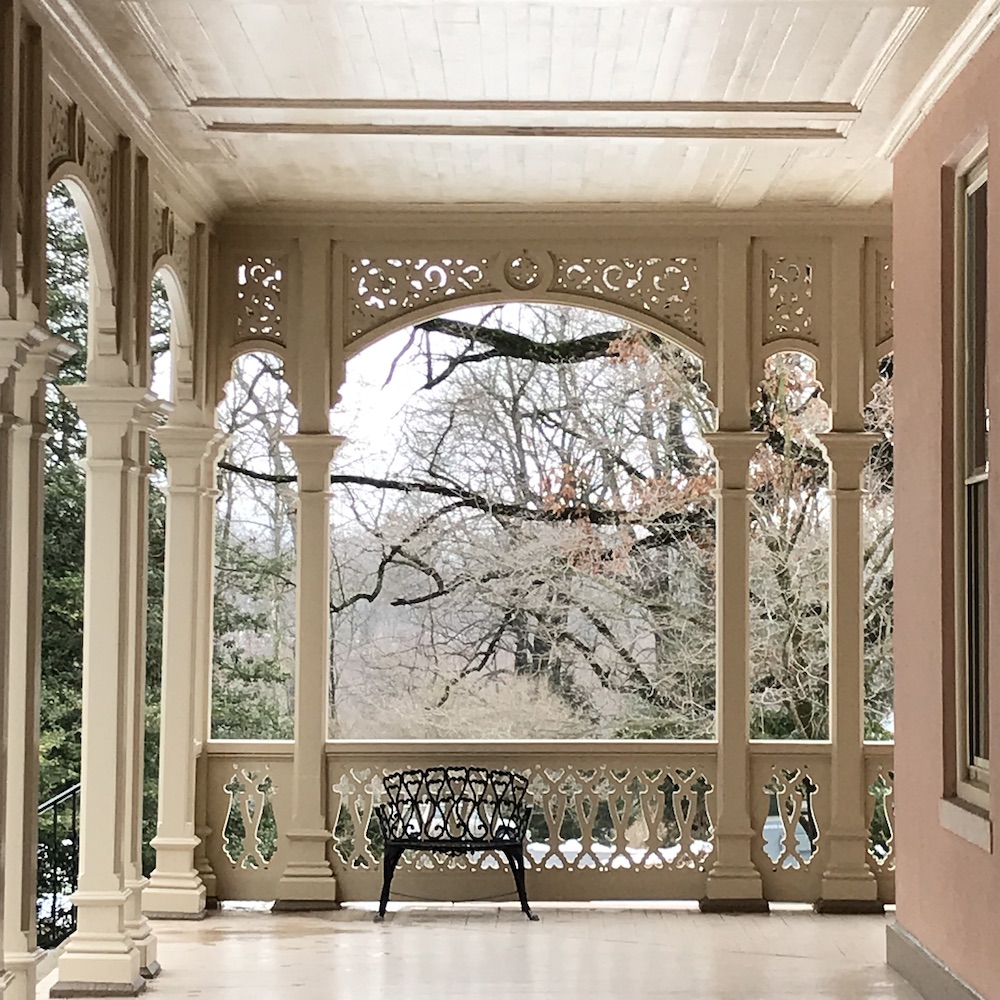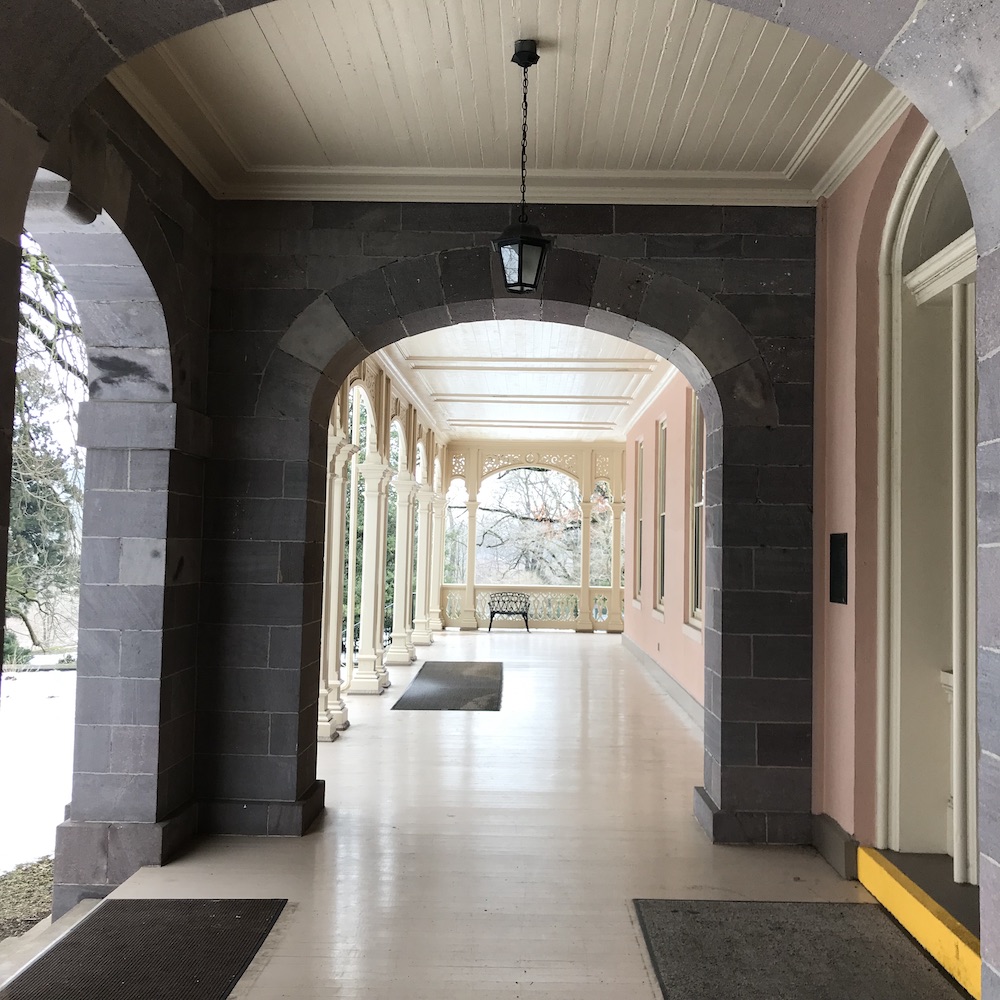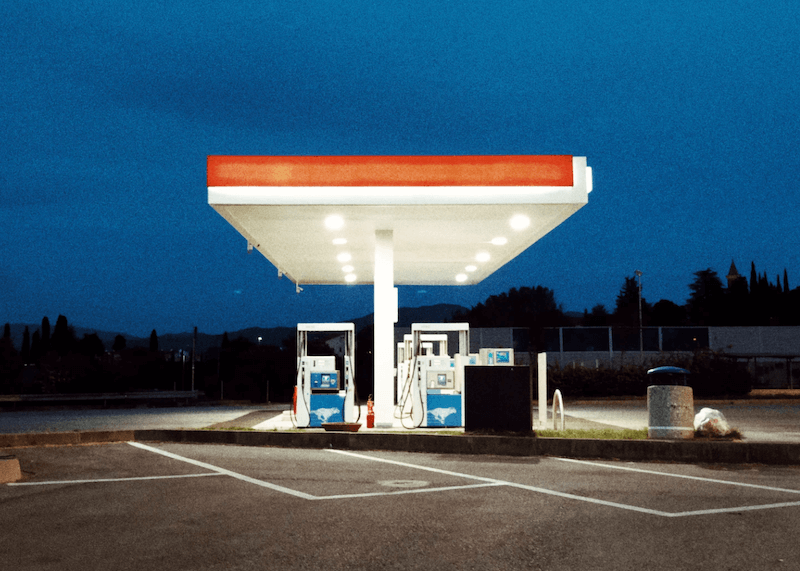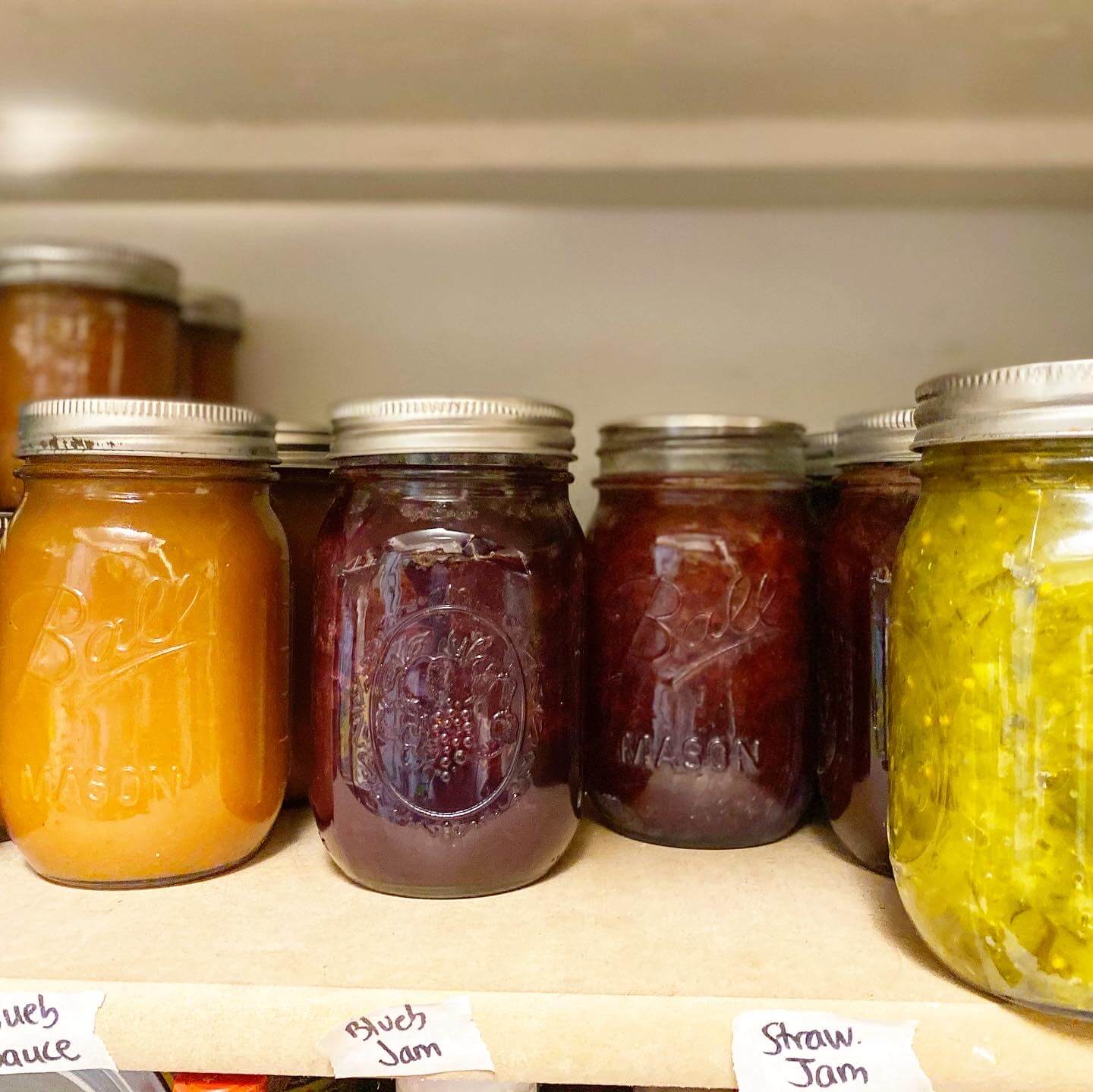
Every year on Charter Day, we love to visit a new historical site for FREE. Last year we chose to visit Cornwall Iron Furnace because we were curious what was there and because we had heard so many great things about it!
Cornwall Iron Furnace is part of the National Historical Landmark District, and is America’s most complete charcoal fueled ironmaking complex.
I actually had no idea it was such a unique preservation, so close to where we lived. The Smithsonian actually described Cornwall Furnace to have a strong historical integrity that is doubtfully found anywhere else in the world except perhaps in Sweden or Germany! Seriously?!
We can visit something right here in the Lancaster County area that you won’t find anywhere else except in Europe!? That’s impressive!
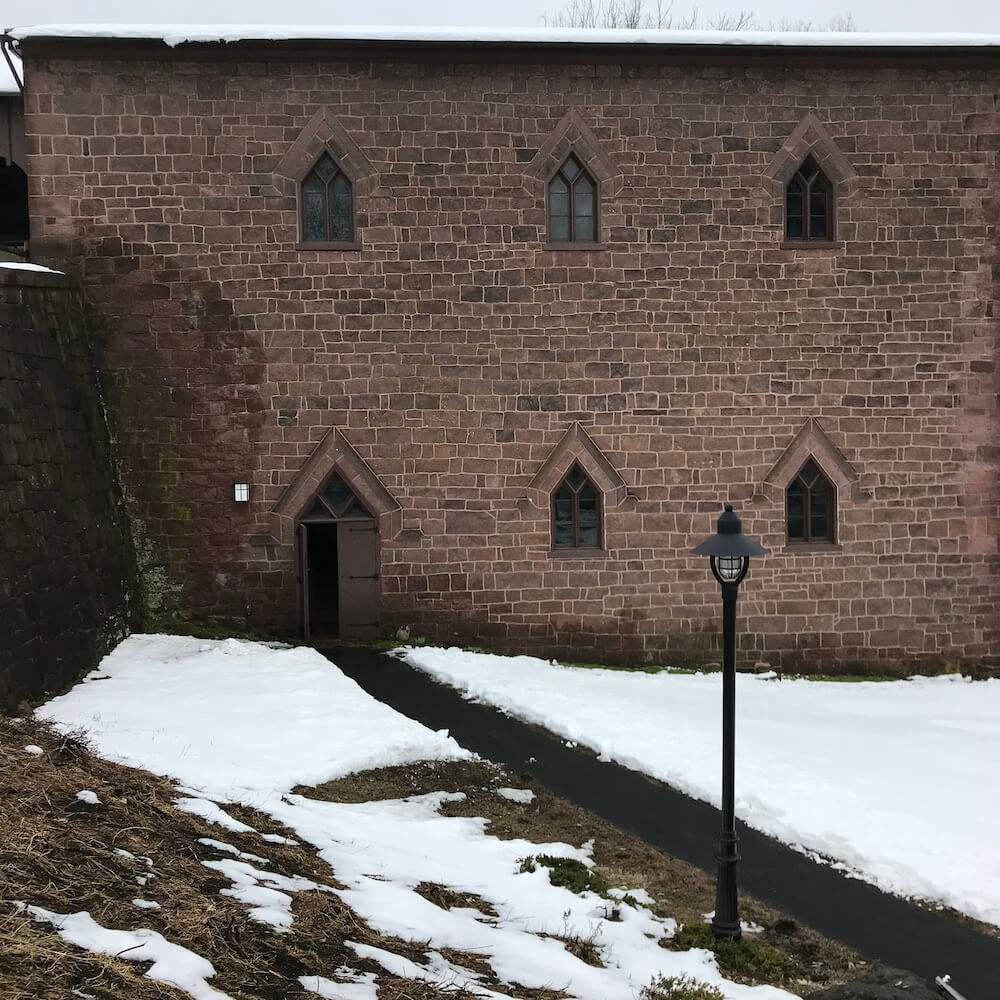
What will I see during my visit?
Visitor’s Center
As you arrive, you’ll be invited to watch a short video on the history of the furnace. We did not do this first, but I would highly recommend it if the timing is right. It gives you a great overview of the time period and what the property was used for. I think it helps you to make sense of what you’ll see on your tour.
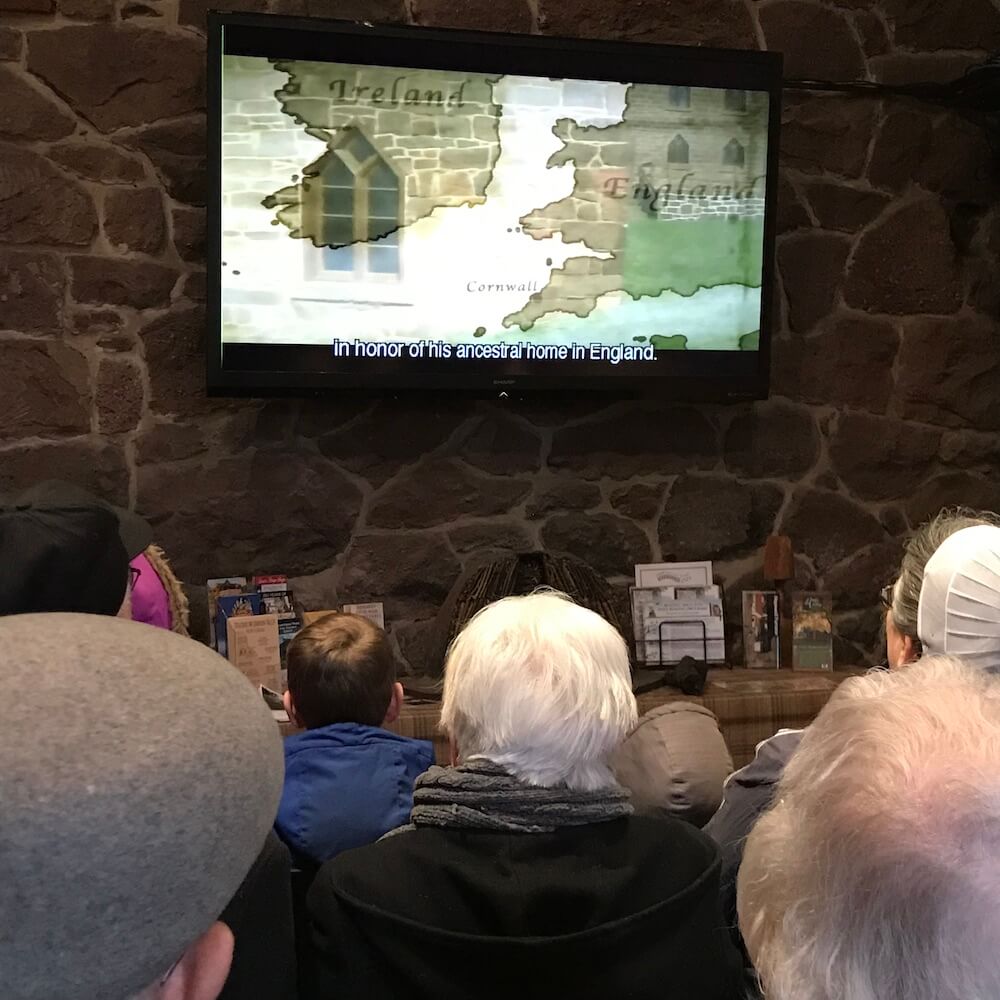
Inside the visitor center is also a little museum, and on Charter Day, there are several volunteers to talk to and help you experience the depth of the history. We really enjoyed this, as we love to ask questions!
The Tour
When we arrived a tour group was just forming and about to leave. We didn’t want to miss that, nor wait in line again later. The tour begins in the outdoor entryway—the pathway that connects the charcoal barn (visitors center) to the charging room. I think there was probably about 30 people in our group.
As we entered the charging room (the main building) that had the furnace, our tour guide enthusiastically shared about how the furnace worked. I really loved her excitement and passion to share the history of this place! Most of our group was adults, but she was able to approach the topic at a level of depth appropriate for our kids too.
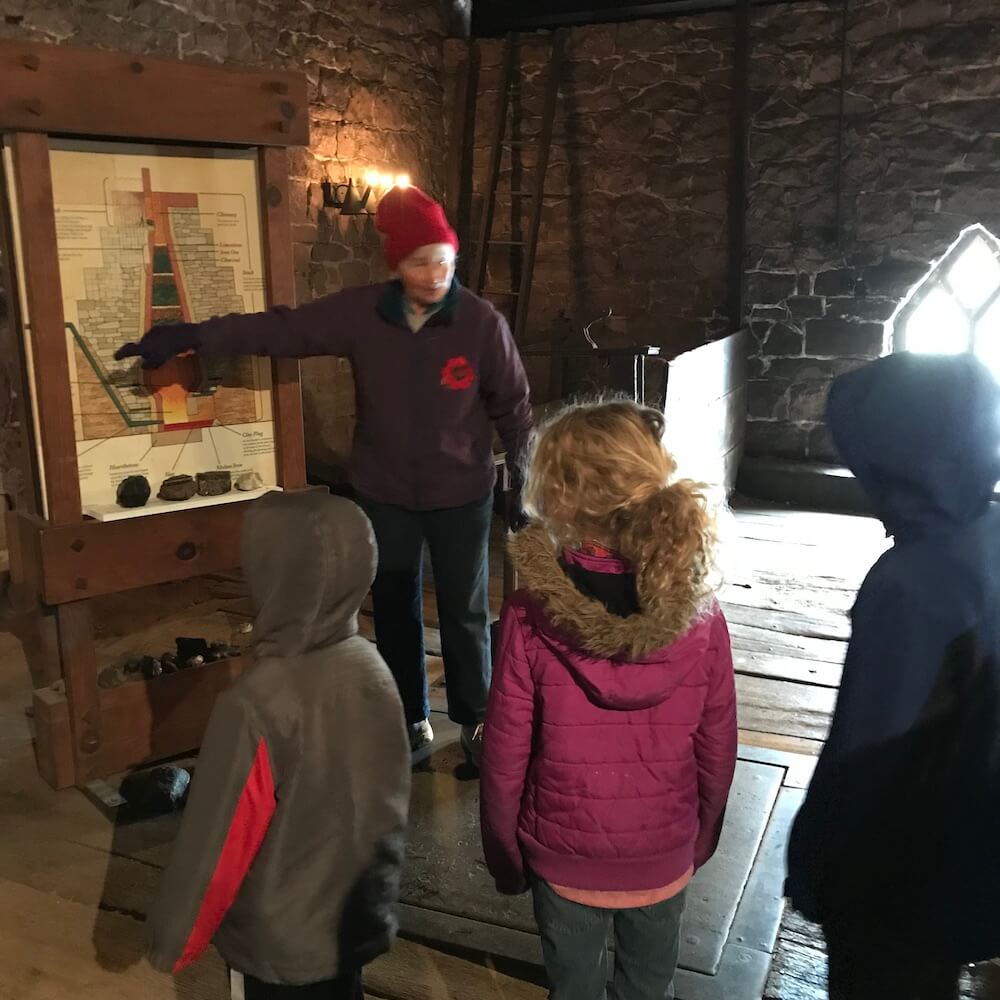
The charging room was simply the room with the raw materials, like the iron ore, limestone, and charcoal, that were put into the furnace. Visitors get to see what each of these materials are like and how they differ.
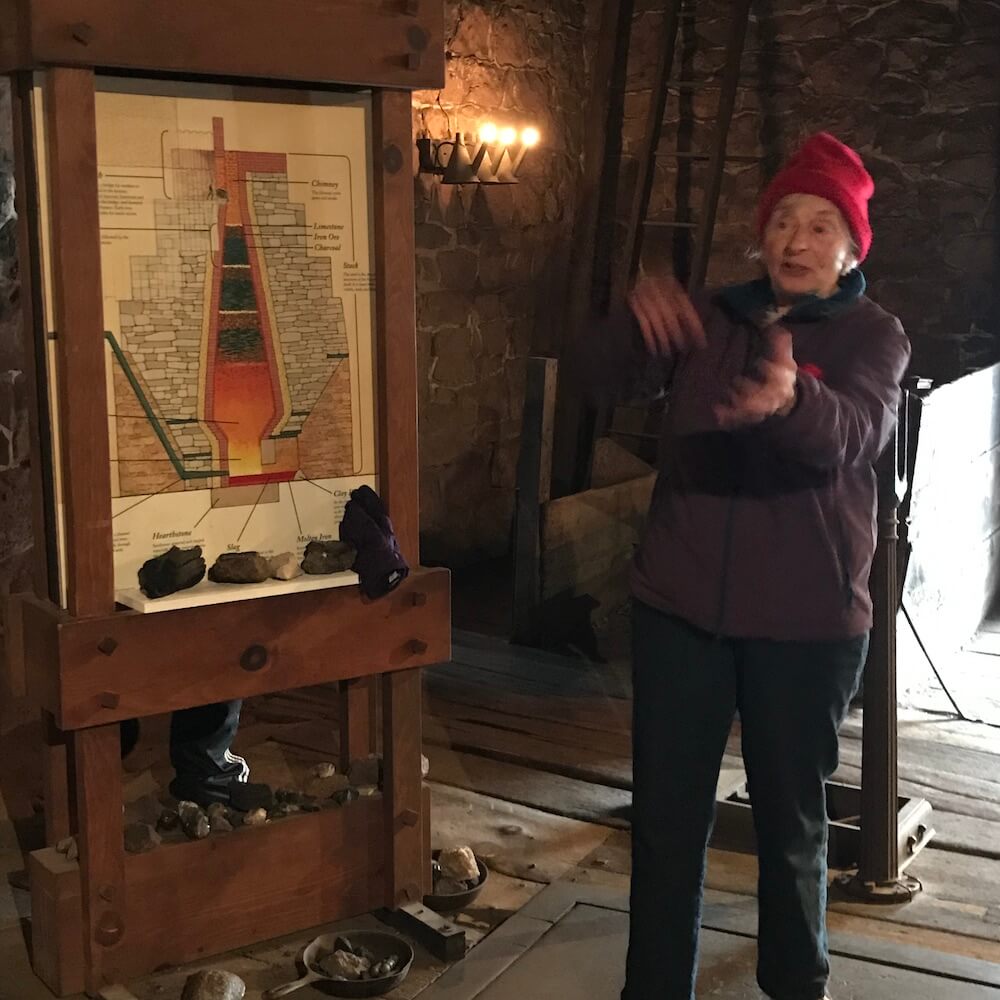
The diagram you see in the above photo is of the filler, where you added the raw materials into the charging hole.
We then made our way down to the blowing apparatus and the “Great Wheel”, which was installed by the Coleman family after they acquired the site from Peter Grubb in 1798. In 1841, they installed a steam engine that instead powered the blowing equipment.
The tour then moved to the casting house, where the furnace was tapped for iron twice daily. Most of the iron was molded into stove plates, pans, cannon balls, etc. And this is the fun fact!!! The extra iron was directed into small channels on the casting house floor—which we call pig iron. You really need to visit to see this. We found it quite fascinating!
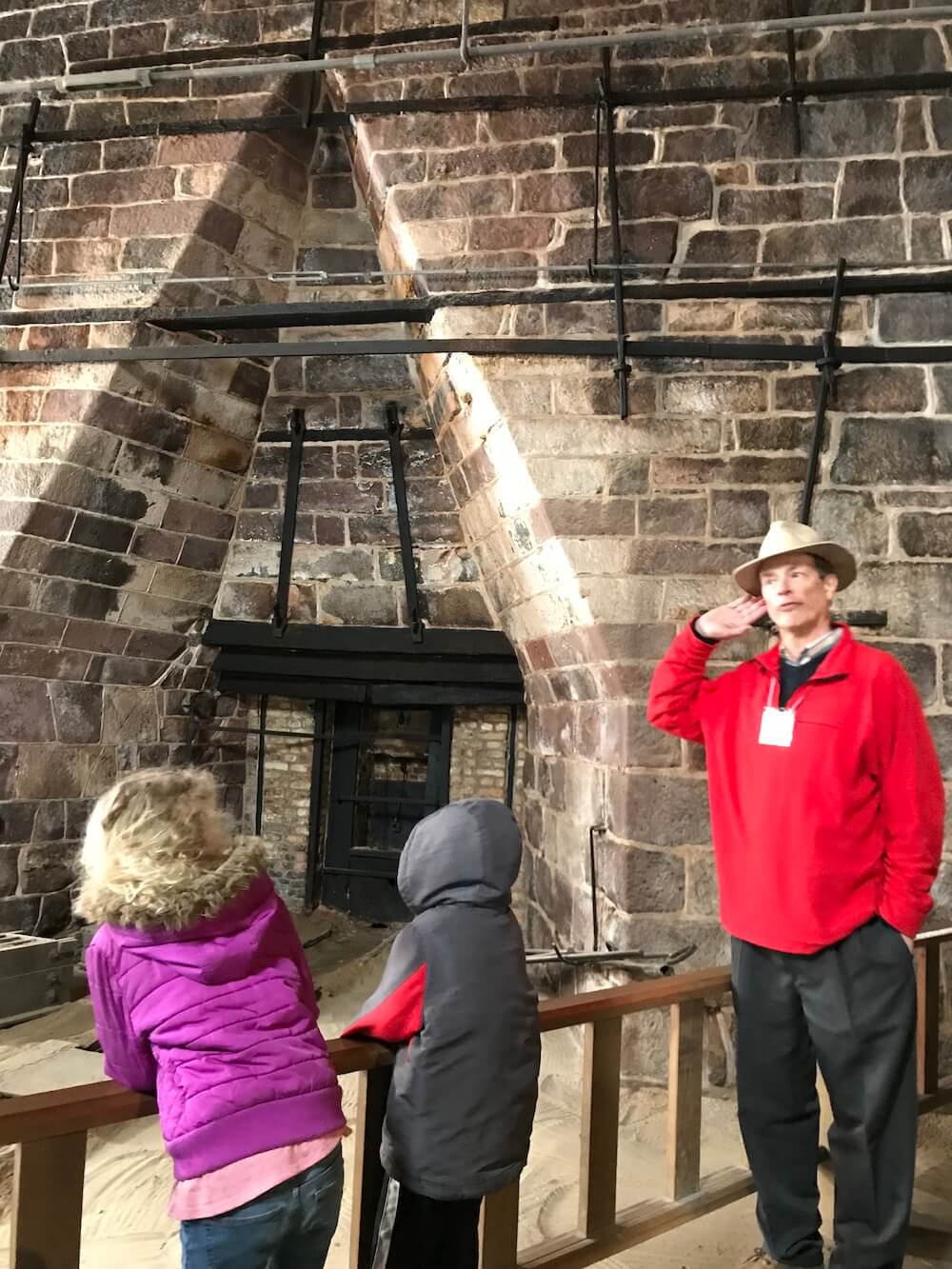
As you take your tour, you learn a lot about the Coleman family and what they did to change the furnace site—including things like why these fancy windows were installed.
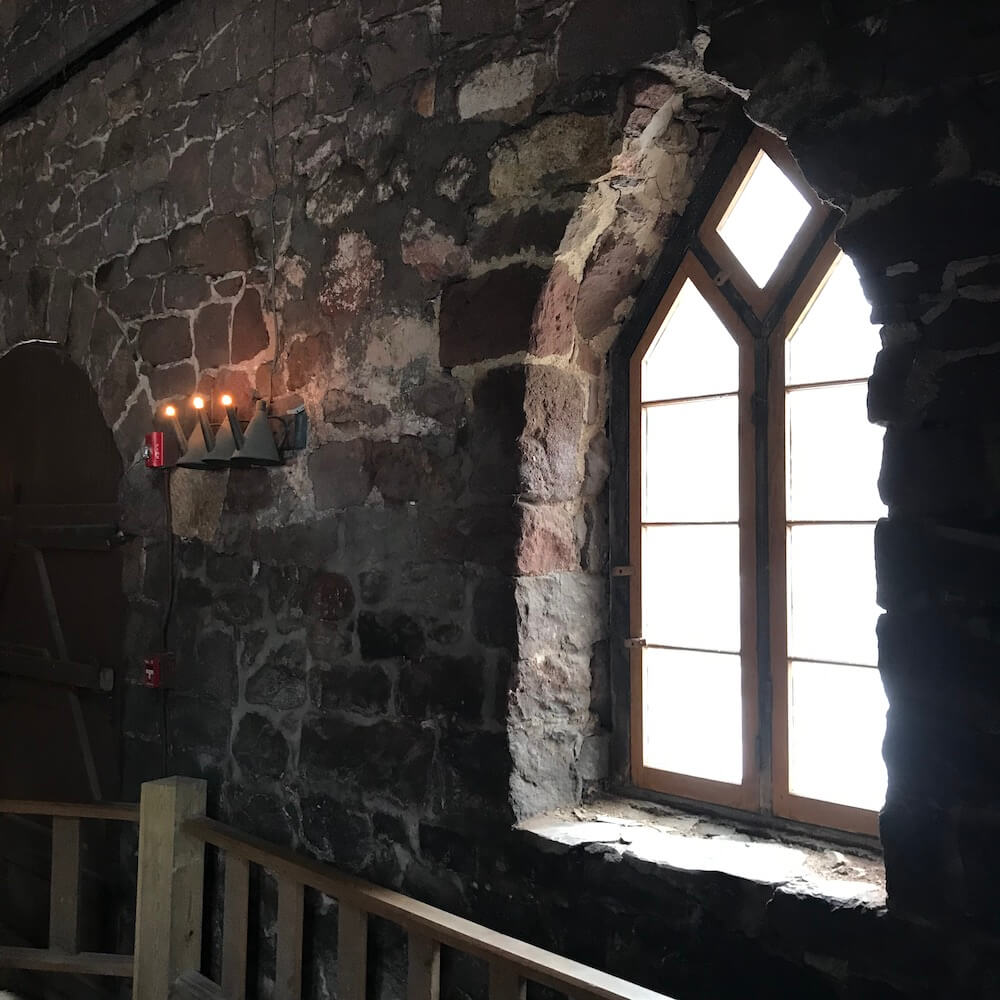
Exploring the Rest of the Cornwall Property
Visitors can then continue exploring the rest of the property on your own, including the Paymaster’s building and the large mansion, a short walk away.
The Paymaster’s building is something you experience on your own, but it is really unique. Our kids loved imagining what it must have been like during that time period.
You can see from these photos that the mansion is a beautiful building with a unique history. My camera died at the mansion, but it is at this building that you’ll learn more about the history of the Coleman family and their wealth. We were tired at this point, so didn’t stay for the entire explanation, but still appreciated getting a glimpse inside.
When to Visit Cornwall Iron Furnace
If you aren’t able to visit Cornwall Iron Furnace on Charter Day for FREE admission, but are really interested in its history, be sure to check out their website where you can learn a lot of the historical facts as well as see a virtual tour of each building.
Learn more about Charter Day here >>
